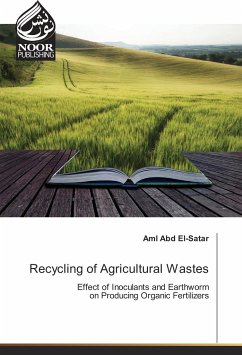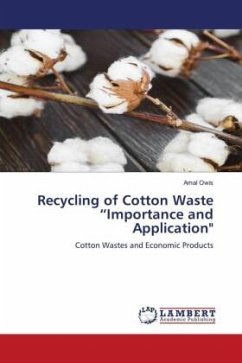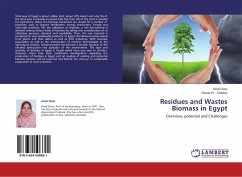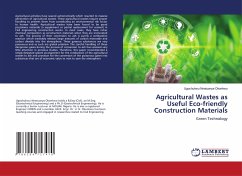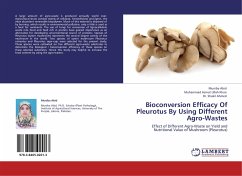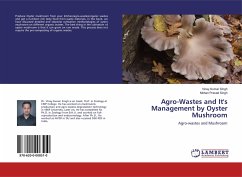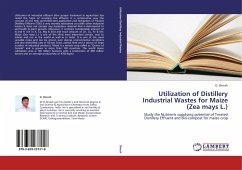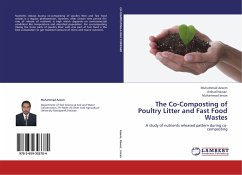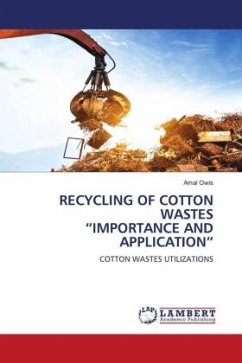
RECYCLING OF COTTON WASTES "IMPORTANCE AND APPLICATION"
COTTON WASTES UTILIZATIONS
Versandkostenfrei!
Versandfertig in 6-10 Tagen
29,99 €
inkl. MwSt.

PAYBACK Punkte
15 °P sammeln!
_ I consider cotton as a magic plant._ So, we should not think only of the cotton linter (As white gold)._ Cotton has magic economic parts also, I called it "yellow gold"._ All these parts provide an additional outcome for the farmers because it supplies raw materials (more than 1000 new products)_ Cotton organic wastes can be divided into two types: Field residues & Industrial wastes. Field residues are left after lint picking, and the production of it reaches millions of tons annually, according to the cultivated area. The production of biomass from the cotton crop varies from one variety to...
_ I consider cotton as a magic plant._ So, we should not think only of the cotton linter (As white gold)._ Cotton has magic economic parts also, I called it "yellow gold"._ All these parts provide an additional outcome for the farmers because it supplies raw materials (more than 1000 new products)_ Cotton organic wastes can be divided into two types: Field residues & Industrial wastes. Field residues are left after lint picking, and the production of it reaches millions of tons annually, according to the cultivated area. The production of biomass from the cotton crop varies from one variety to another. For example, cotton stalk contains about 68% holocellulose, 45-46%, cellulose,26% lignin, and 4-6% ash and other organic materials. While after ginning the seed cotton is separated into two components, the cotton fibers (about 1/3), and seeds (about 2/3). The four main commercial products from cottonseed are oil, meal, hull, and linters (source for producing industrial wastes).



